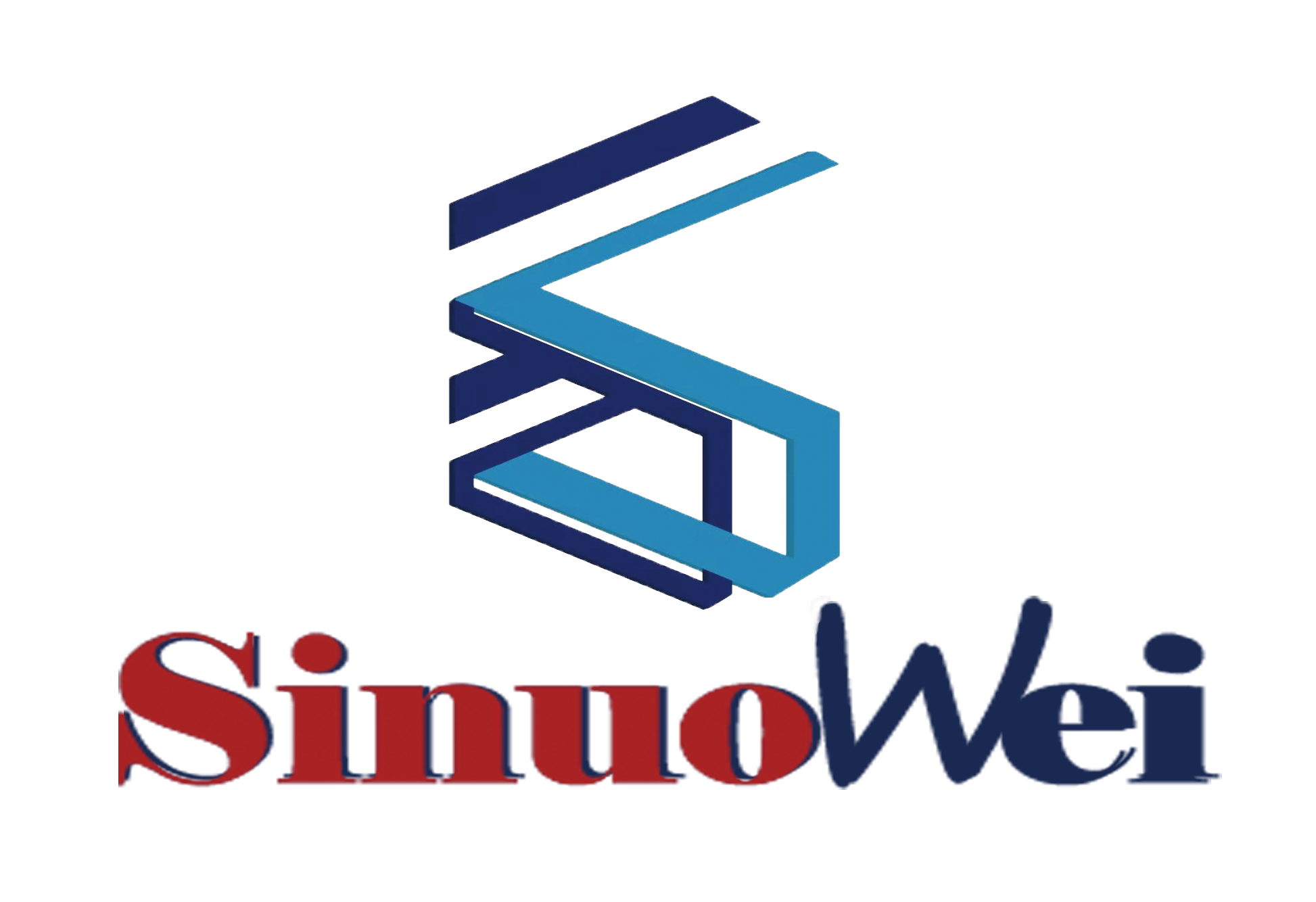
- +86 18120750932
- colin@xmsinuowei.com
- www.xmsinuowei.com

When a document is sent to the printer, a laser beam "draws" the document on a selenium-coated drum using electrical charges. The drum is then rolled in toner, a dry powder type of ink that adheres to the charged image on the drum. The toner is transferred onto a piece of paper and fused to the paper with heat and pressure.
The laser printer was popularized in the mid-1980s as a standalone printer for use with personal computers. It typically replaced an impact dot matrix printer or a non-impactinkjet printer. Laser printers are still often connected directly to a single PC, but today many are linked to local area networks (LAN), supporting workgroups or entire departments.
In some cases, a laser printer is used as a multifunction peripheral with printing, scanning, photocopying and fax capabilities. These devices are known as multifunction printers (MFP). They usually have MFP or MFC for multifunction center as part of their model numbers.
Laser printers can be used in a home office or a small business office. Office connectivity is typically via an Ethernet connection. In a home office or small business, a cable or Wi-Fi are used to connect the printer to computing devices. Wi-Fi is also used to connect mobile devices to printers for mobile printing.
Laser printers can handle both black and white and color printing, though color laser printers are more expensive than monochrome laser printers. Typically, laser printers are used for printing whereas newer all-in-one printers can function as a printer, copier, scanner and fax. Many have user-friendly touchscreen displays.
The following steps detail how a laser printer works:

Service online